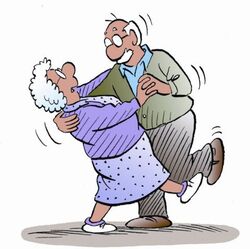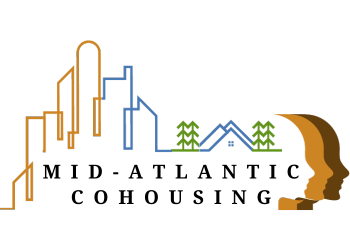0 Comments
 Read how Mid Atlantic Cohousing, The Participatory Action Research Project, and Aging Better Together will launch the first ever Collaboratory* on "Aging in Community" -- a new model for assisting communities to custom-craft aging care plans that build on the strengths and address the needs of their aging members.  Read this review by Ann Zabaldo of the book Let's Talk About Money, a workbook is designed to help your community have useful conversations about your financial values -- conversations that lead to greater understanding and connection as well as more effective financial decision- making. |
Categories
All
AuthorAnn Zabaldo is a passionate promoter of cohousing. She was on the develoment team for Eastern Village in Silver Spring, MD and Takoma Village in Washington, DC where she lives. She serves on the Board for MAC. Archives
February 2017
See cool blog for Emerson Commons.
Image Credit:
Nathan Dumlao |
|
Website by Erin McMichael
© COPYRIGHT 2023. ALL RIGHTS RESERVED MID-ATLANTIC COHOUSING |
ResourcesProgramsBlogCommunities |
DonateMembershipAboutContact Us |
|
SUBSCRIBE |









 RSS Feed
RSS Feed